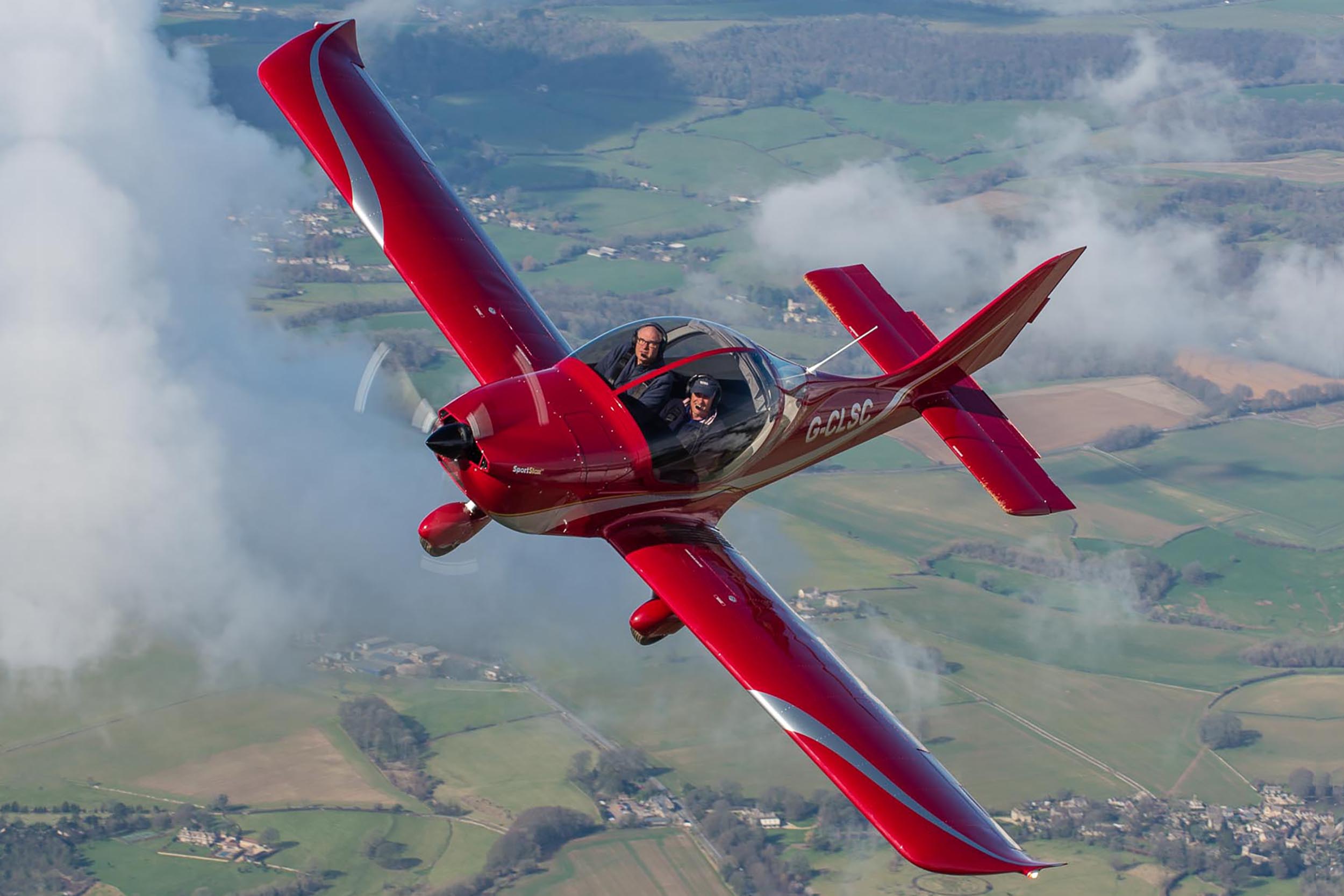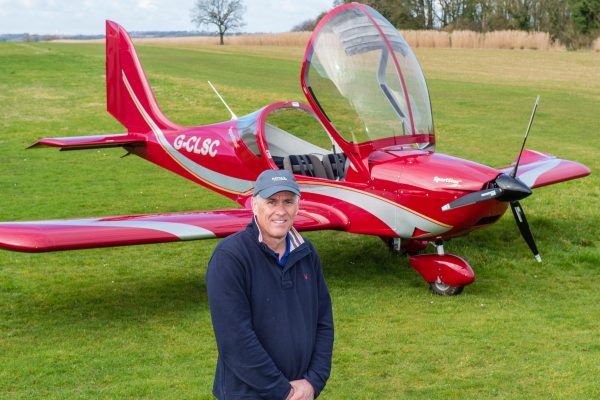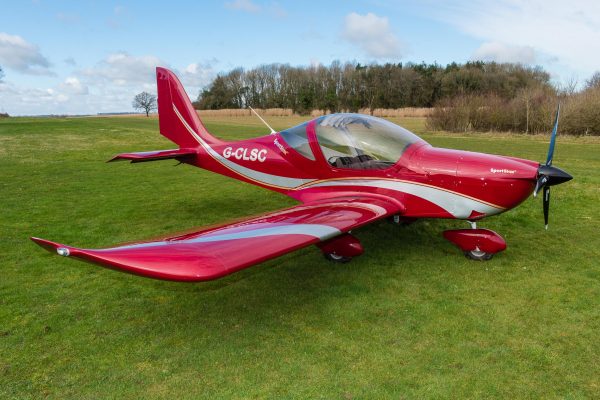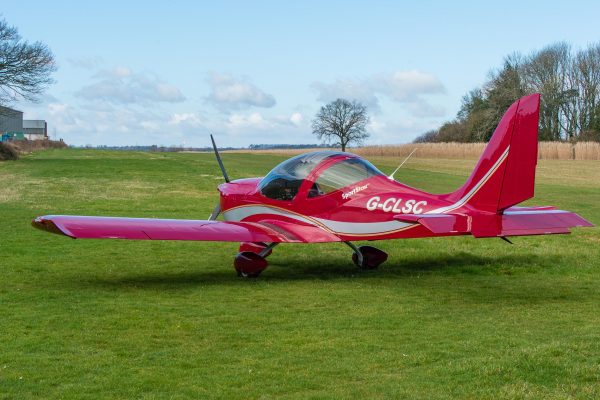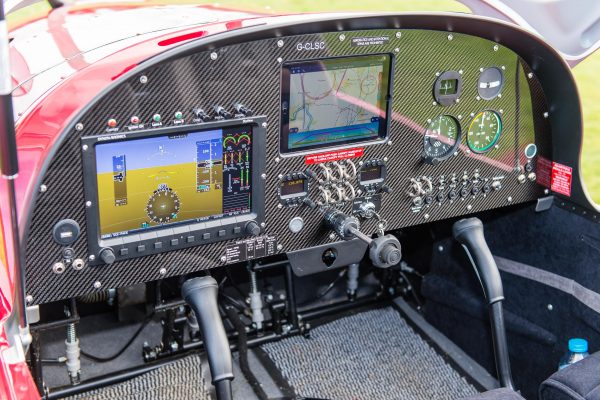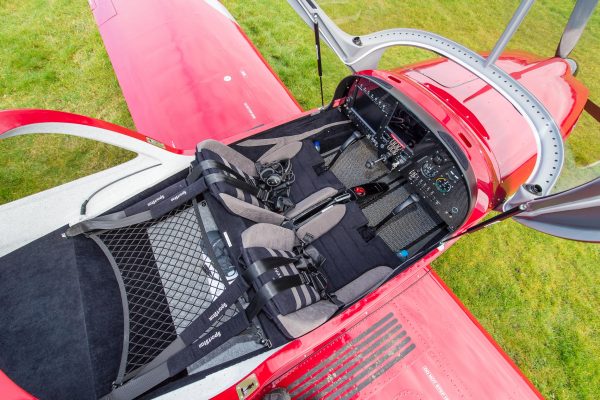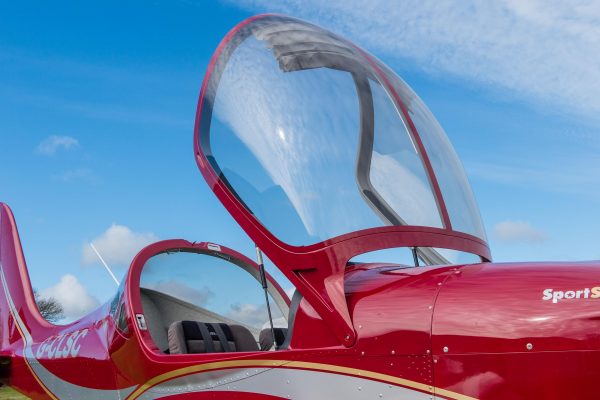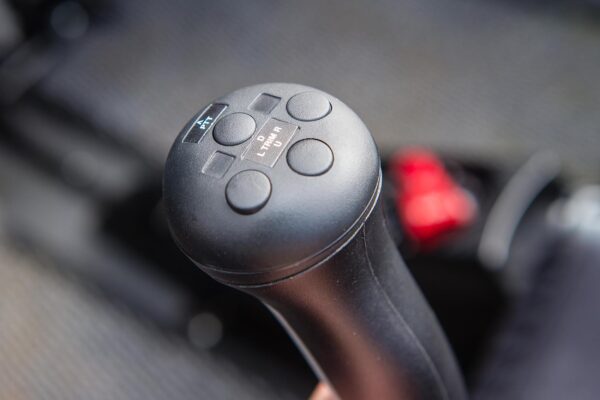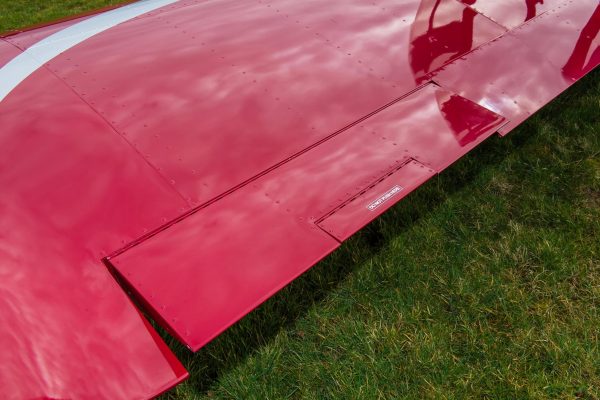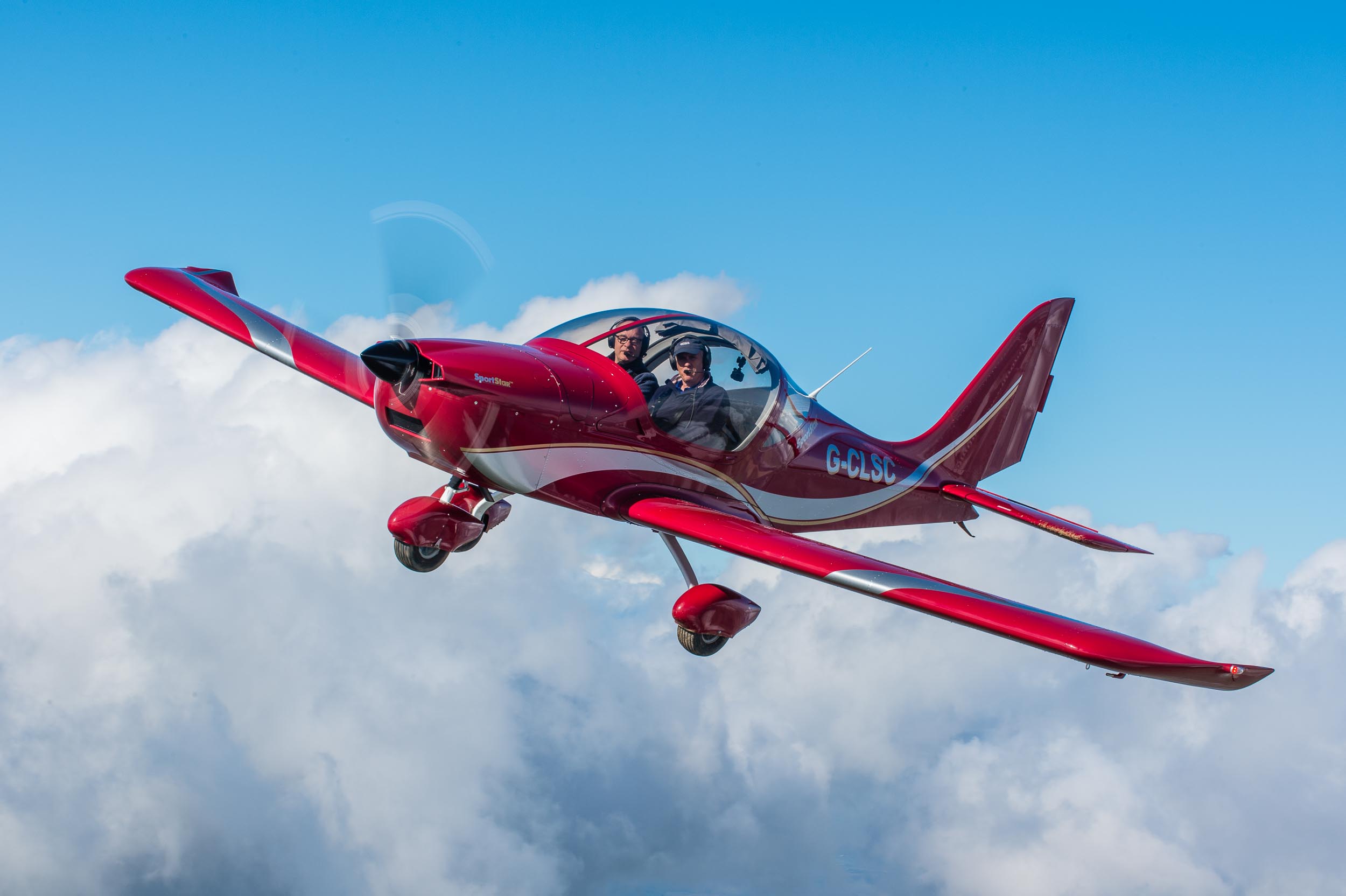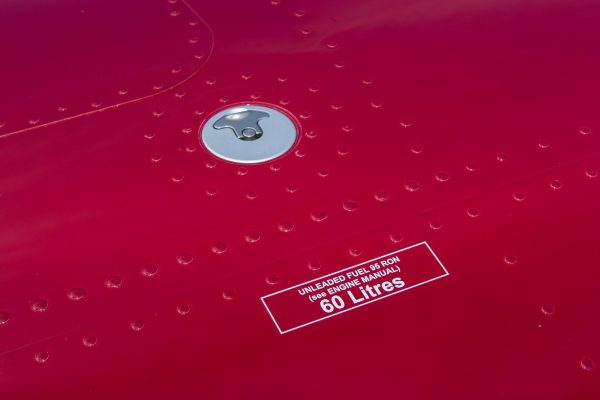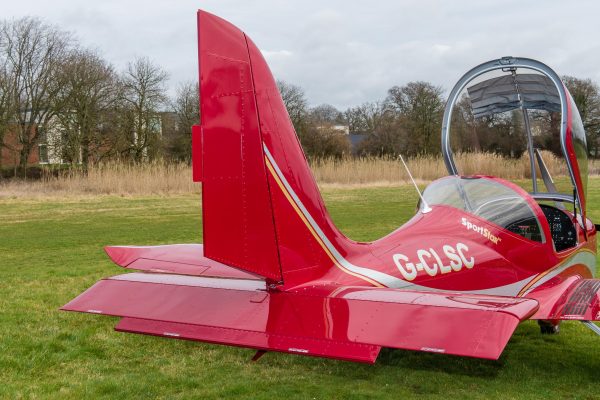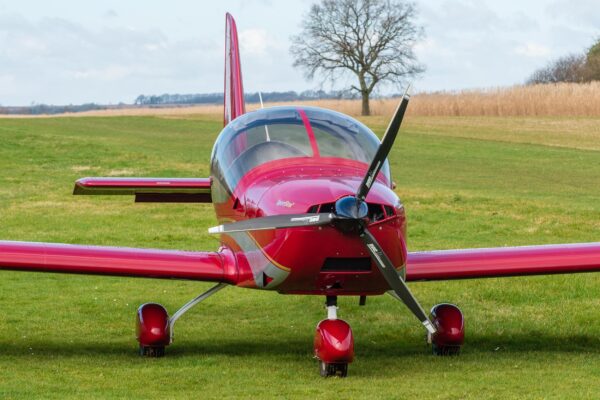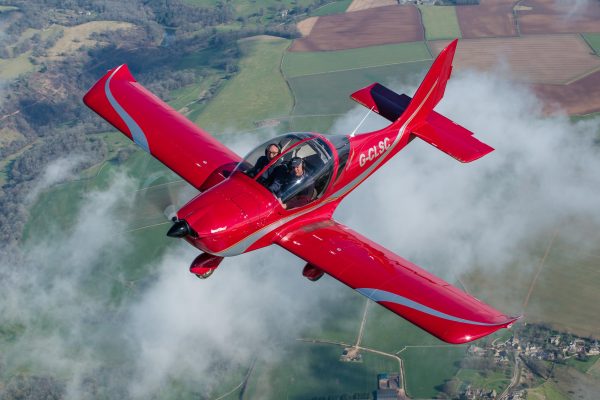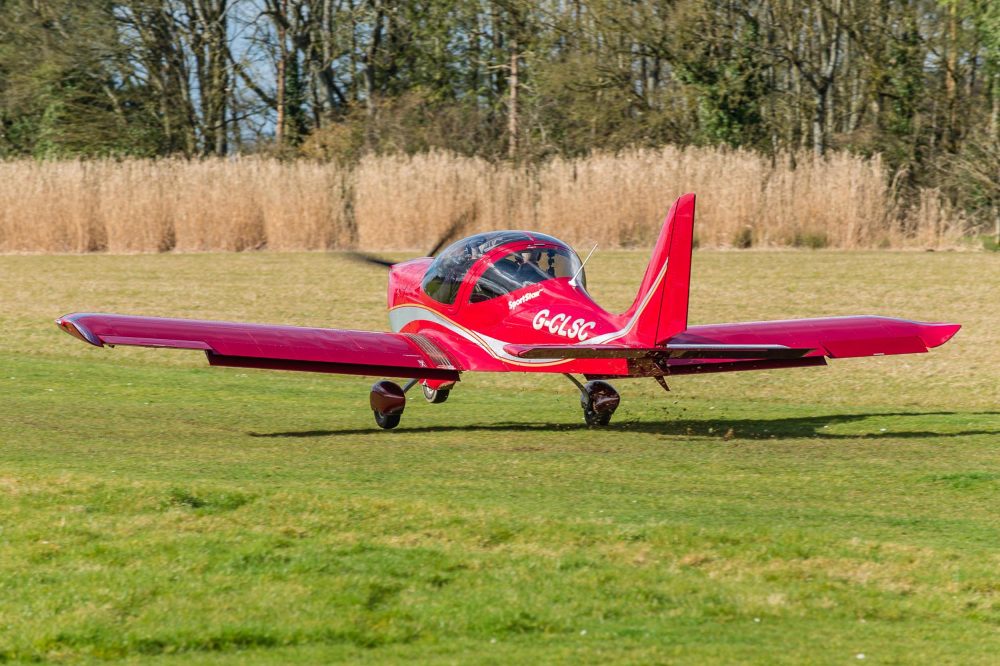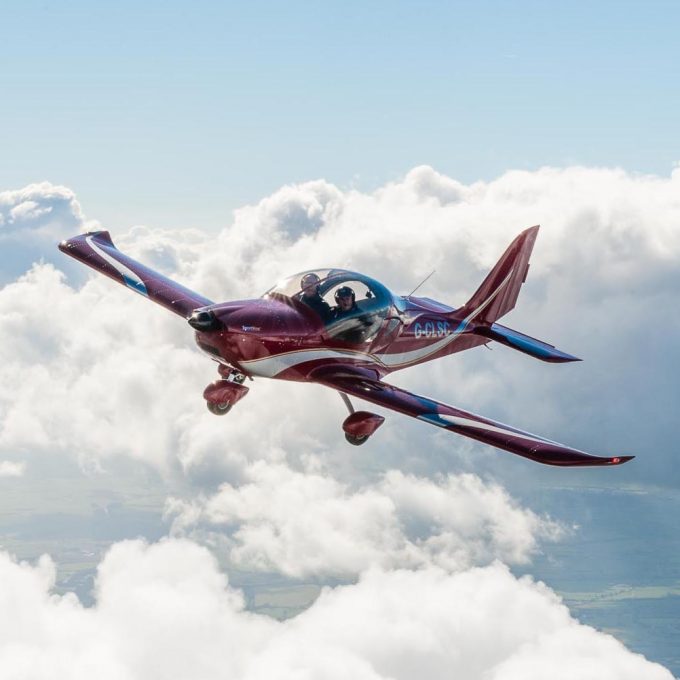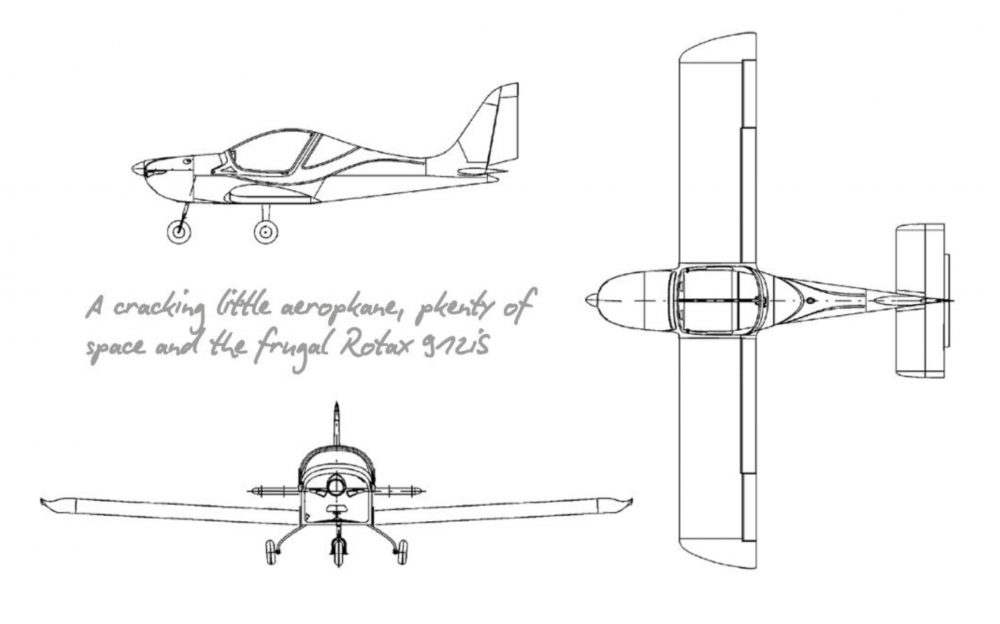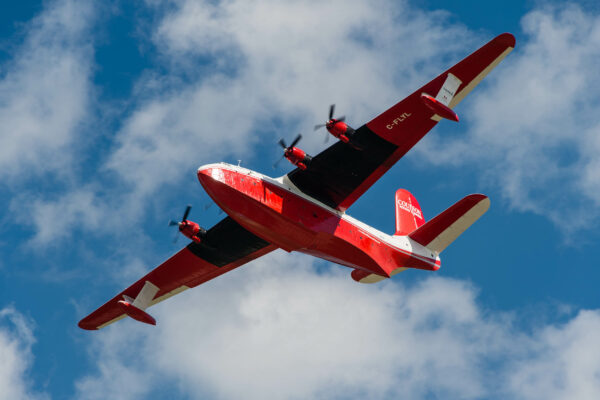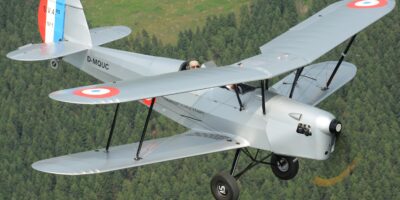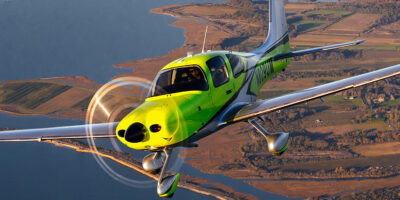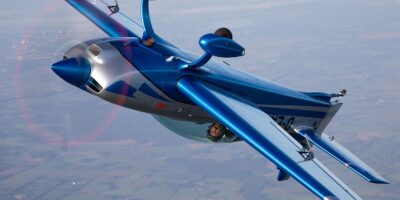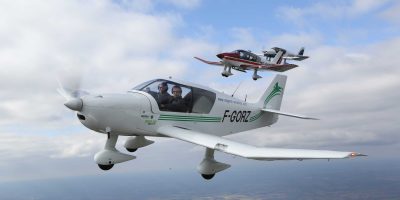Aviation is no stranger to compromise. You can go faster, but you’ll have to burn more. You can have a super STOL machine, but chances are your cruise will be a bit on the (very) slow side. You can have fully certified de-icing and a comfortable fast cruise, but you’d better not operate from short, soft grass strips. Then there’s the widespread perma compromise of weight, where you get to juggle fuel quantity, luggage, passenger mass and your own all-day-breakfast quota with range, endurance, regulation and the laws of physics (which always trump all others).
While the laws of physics don’t change, aviation regulation does, and the new 600kg microlight category has the potential to minimise cost and hassle, while maximising fun. There are still some compromises, so if your type of aviation is anything other than day VFR or needs more than two seats, it might not work for you. But I’m increasingly attracted by the low direct operating costs and light regulatory burden that the 600kg category promises, so jumped at the chance to fly the SportStar SLM 600, one of the first 600kg microlights to be approved in the UK.
As much as I love aeroplanes and General Aviation, my joy comes from the act of flying and the magic carpet experience it provides, rather than a deep knowledge of how any particular model of aeroplane evolves. That’s why, to my eyes at least, the SportStar SLM looks pretty much like an Evektor EV97 that’s been connected to a high pressure air line and inflated a bit. Roger Cornwell, the UK agent, politely pointed out that while it was certainly shaped by the EV97’s DNA, lots had been changed, and plenty of it was new and different from its often bare-metal smaller sibling.
Internally the wings (which retain the 8.1m span of the EV97 Eurostar) have been re-designed to include a 60 litre fuel tank per side. In addition to the bladder-busting endurance that gives, it also creates space behind the seats for a generous baggage area (the weight limit for that is 25kg, so maybe don’t carry around all of the usual crap stuff that aircraft tend to accumulate). I’m sure that Roger will happily run through all of the other detail changes, but if you think sturdier, strengthened and with a LARGE and optically lovely canopy, you won’t be far wrong.
Engine wise, future SportStar owners can choose between the Rotax 912ULS, the turbo charged 914UL or the fuel injected 912iS as fitted to this aeroplane. Although the injected engine will raise the price by a few thousand or so over the carb’ed engine, the injection system does a great job of delivering smooth power with frugal fuel flow.
Getting in is pretty easy, one big step onto the wing (future builds will have a fuselage mounted step) and then step into the aircraft. Unlike quite a few lighter aircraft, the SportStar has plenty of places for you to put your hand and support your weight without fear of damage. I guess it would be technically easier to sit on the seat first, but we were in a muddy field and the aeroplane was soon to be delivered to its new owner… Stepping from the wing straight onto the floor was not difficult.


